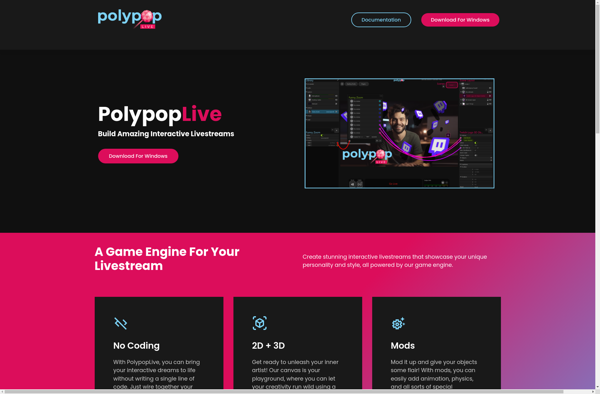Isadora

Isadora: Visual Programming Language for Interactive Media Arts
Discover Isadora, a powerful tool for creative expression, allowing users to craft interactive projects without coding, ideal for musicians, dancers, VJs, and installation artists.
What is Isadora?
Isadora is a flexible and intuitive visual programming language designed specifically for artists and performers looking to incorporate interactive elements and realtime effects into their work. Developed by Mark Coniglio and first released in the year 2000, Isadora aims to provide a platform for creative coding that does not require traditional software development skills.
At the core of Isadora is its modular patch-based workflow that enables users to link together various building blocks called actors using virtual wires in order to define complex interactive behaviors. An extensive library of actors offers features ranging from computer vision techniques to MIDI/OSC connectivity to media playback and manipulation.
By connecting these modular actors into interactive patch networks called scenes, Isadora gives artists and performers the ability to quickly generate intricate interactive systems to control video, lighting, sound, stage mechanics, and more. Everything happens in real-time so changes to the patch result in immediate altered behavior.
While Isadora's flexibility makes it a complex and potentially intimidating application, its visual approach means that many without formal programming training are able to make use of its capabilities with some patience and practice. Active community forums also provide peer assistance.
Some common applications of Isadora include interactive dance, theater, and music performances, interactive museum displays, reactive projected visuals for concerts and festivals, and experimental installation art. It interoperates well with other creative coding eco-systems like openFrameworks and Processing.
Isadora Features
Features
- Visual programming interface
- Real-time video processing and mixing
- Interactive control of media playback
- Timeline for sequencing
- Support for DMX lighting control
- MIDI input and output
- Custom user interfaces
Pricing
- One-time Purchase
Pros
Cons
Official Links
Reviews & Ratings
Login to ReviewThe Best Isadora Alternatives
Top Audio & Music and Music Production and other similar apps like Isadora
Here are some alternatives to Isadora:
Suggest an alternative ❐QLab
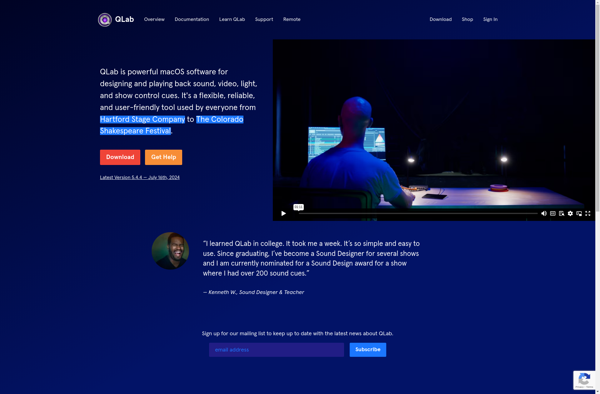
SoundCue
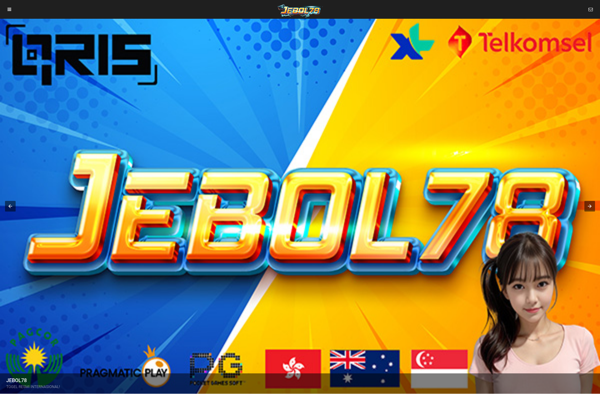
TouchDesigner
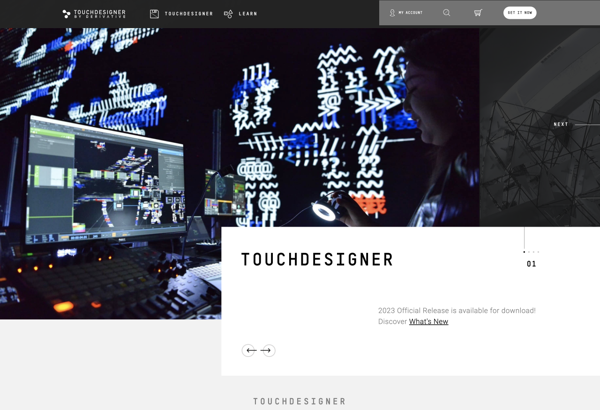
Vvvv
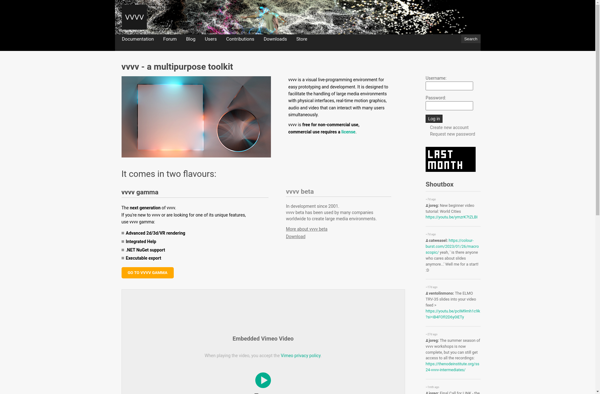
Max/MSP
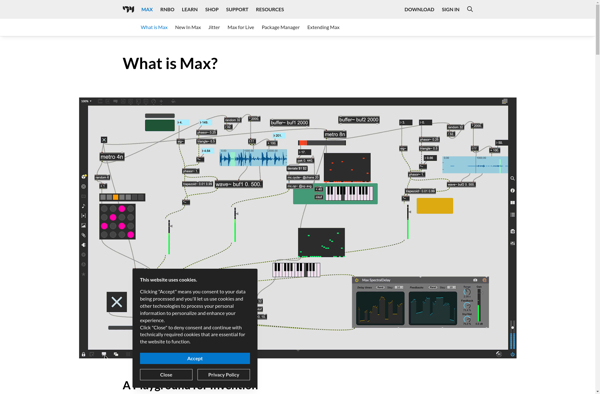
VDMX
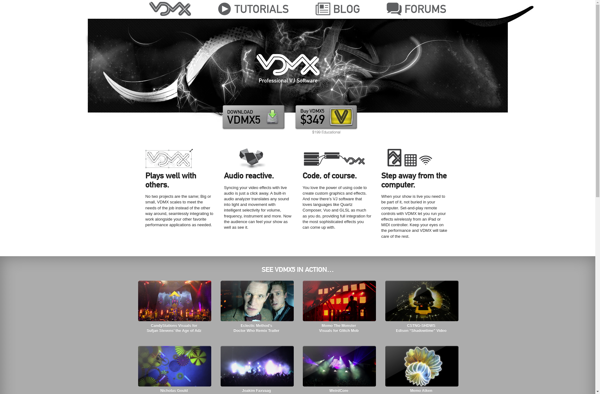
Millumin

Watchout
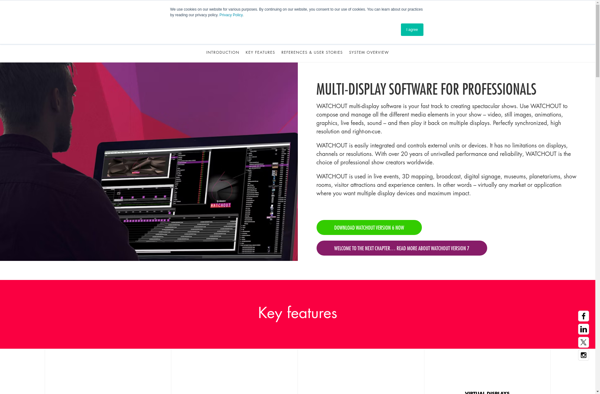
Fugio
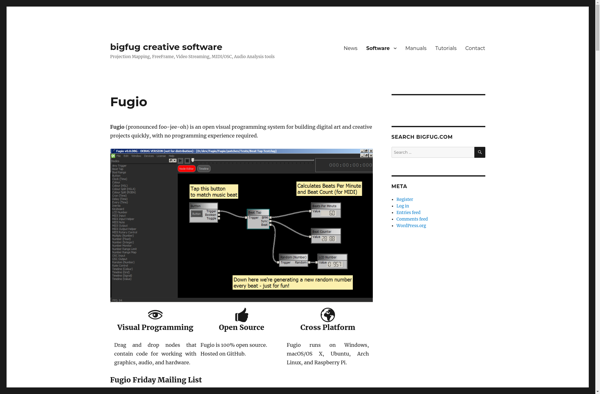
Tooll3
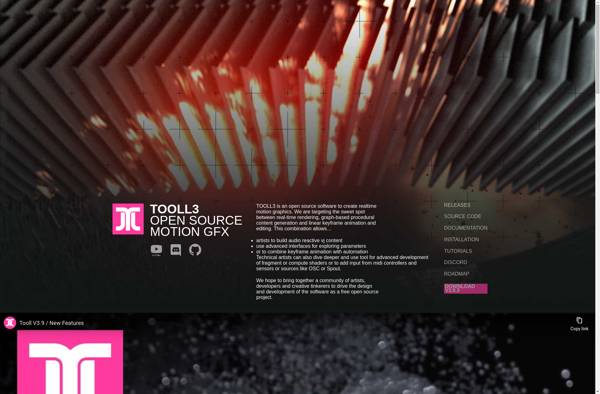
Notch
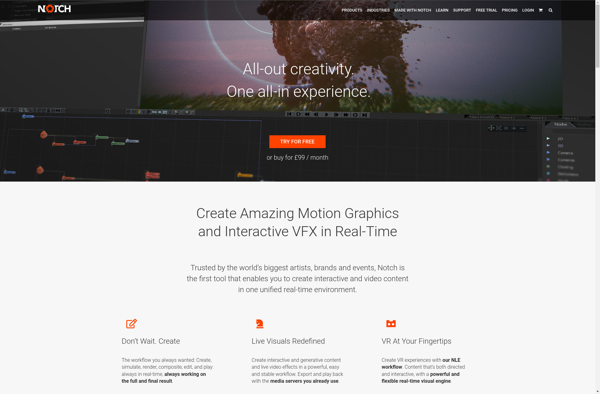
Modul8

Quartz Composer

Pure Data
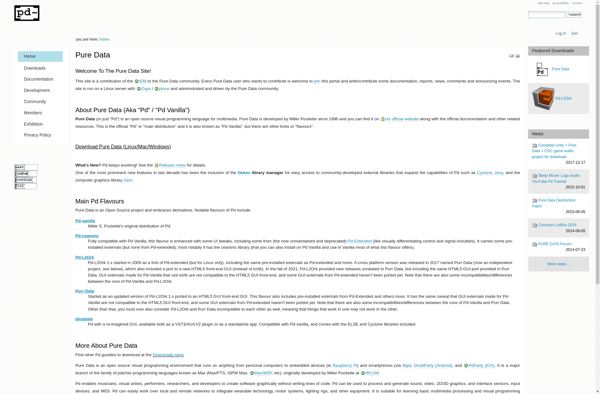
PraxisLIVE
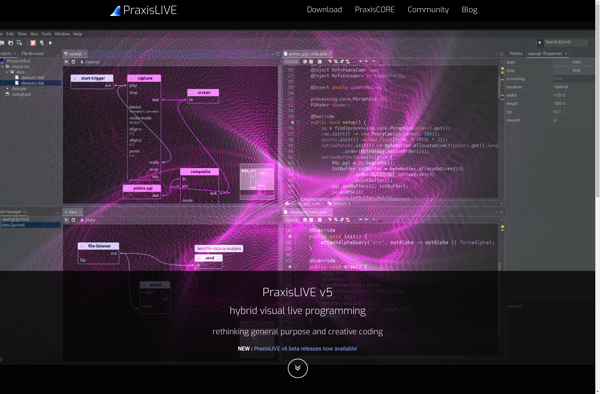
Vuo
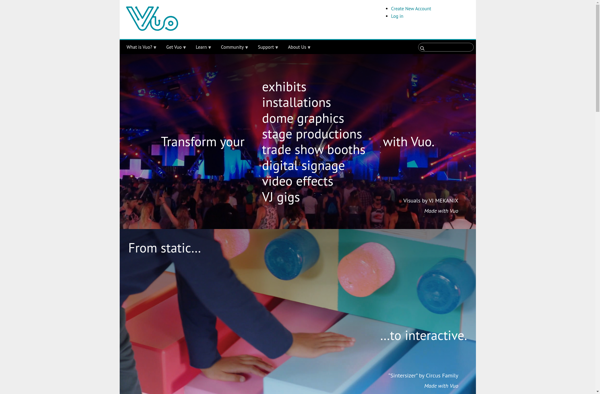
Smode Studio
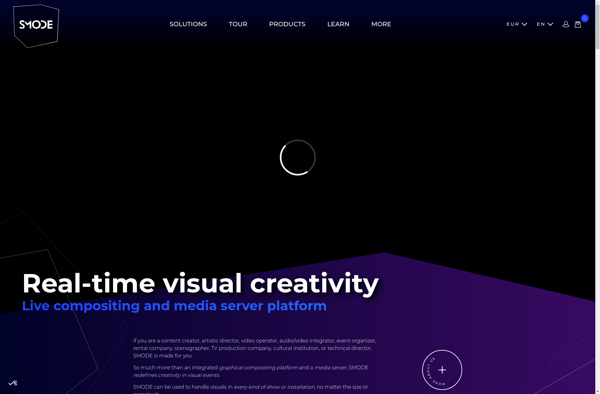
OnCue - Audio Event Controller
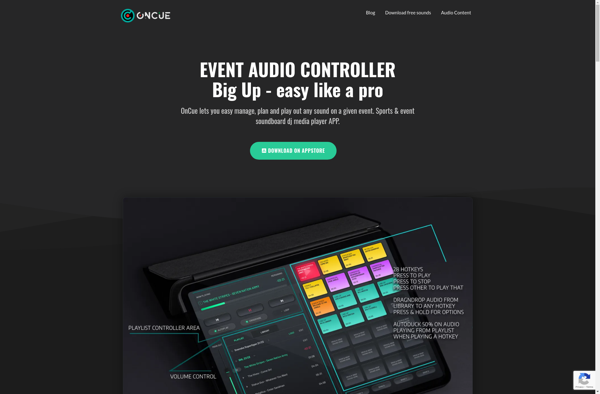
Simmetri
